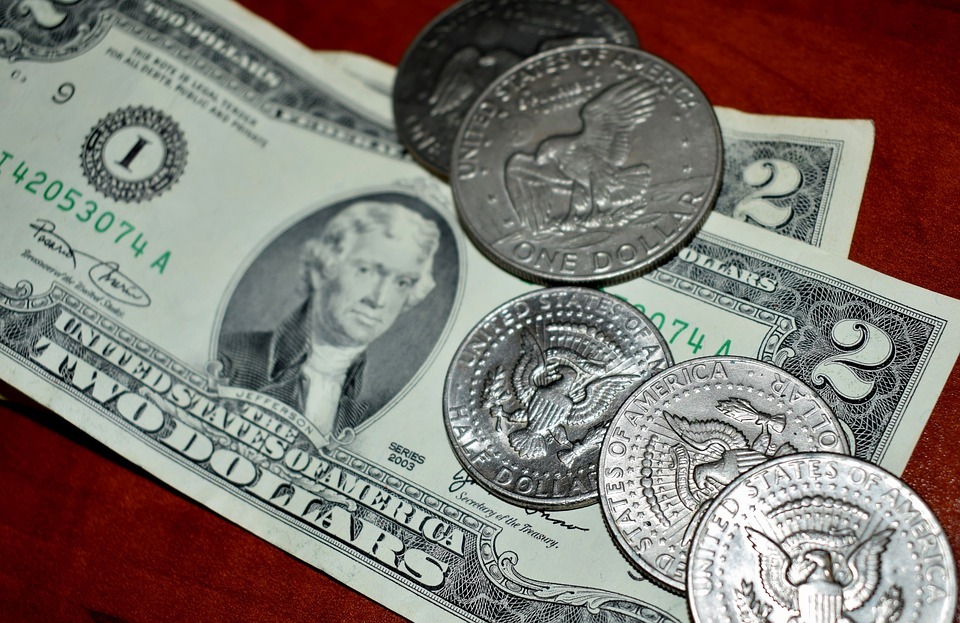What Is Money After All
Most of the technical analysis theories and indicators we use today in Forex trading belong to a different era. An era when Forex trading wasn’t available to retail traders as the interbank market was difficult to access due to excessively high costs.
Since the Internet and the P.C., online trading opened the gates to the most liquid market of them all: Forex. Suddenly, traders had the possibility to apply all kinds of indicators and trading theories on a new market.

Whether they work or not as intended, that’s another story. Depending on the trading tools and strategy, some give good results, some fail, and some work excellent in combination with other ones.
In all cases, almost everything today’s traders know and use belong to the years before the year 2000. Here are some examples:
- - Elliott Waves Theory – 1930’s
- - Gartley and harmonic trading – 1940’s and 70’s
- - Gann – 1910’s
- - Dow Theory – pre-1900’s
- - Pitchfork – 1970’s
- - RSI (Relative Strength Index) – 1970’s
- - CCI (Commodity Channel Index) – 1980’s
And, we’ll stop here, as you get the picture.
Almost all technical analysis patterns belong to that period too. Or, even earlier.
We talk about head and shoulders, wedges, pennants and flags, and so on. Not to mention the Japanese candlesticks patterns, that come from the 1700’s.
We’ve covered them all in this Trading Academy, with the good and bad ones. With their flaws, advantages, and disadvantages, what works in today’s Forex trading and what doesn’t.
All these technical trading tools survived the test of time. People went to great lengths to document and use them in financial markets.
They spent countless hours and dedicated years of their lives to understand or to find a logic behind the way financial markets move. What for?
On top of that, society has changed too. Wars have been fought, presidencies changed, politicians come and go all the time, and there will always be something fundamental to interpret.
Some election or referendum, some interest rate or monetary policy change, or whatever you can imagine that has the potential of influencing financial markets. Nowadays with social media and the interconnectivity that exists everywhere, news travels with the speed of light.
It is enough for the President of the United States to send a tweet on Twitter, and Forex trading experiences heightened volatility.
Ever wondered why this is happening and how come people put so much time and effort to understand financial markets? It all comes down to money.

Understanding Money
What is money after all? The answer depends on the time the question is asked.
Historically, the only form of money that stood the test of time for thousands of years is gold. However, today, gold isn’t considered money by most people.
Gold and silver coins circulated for centuries in many parts of the world as people exchanged them for goods and services.
In our times, paper money or fiat money is as good as gold a thousand years ago. Yes, money these days is nothing more than a piece of paper full of security symbols. Or, at best, some electronic numbers in everyone’s bank account.
Think of being paid at the end of the month. What you’ll see when you’ll get your “paycheck” are some numbers in your bank account.

When you buy something online or use a credit card to pay for it, your numbers go to the other person’s bank account. Basically, you pay for goods with numbers.
This is money in the 21st century. However, all sorts of money that have existed, exist and will exist, are based on one and one thing only. That’s trust.
Trade started with people exchanging goods and services directly. Or, by bartering.
However, it was inconvenient for, say, the butcher to carry the meat to the brewer every day. Hence, money came as a securing the trust between two parties.
First symbols valued locally were accepted as money. Next, when commerce increased, gold and silver coins stepped up to be universally accepted forms of money.
But transporting large quantities when traveling was difficult due to the gold’s weight. So, banks and banknotes appeared. From that moment on until today’s electronic money is just a quick step.
Putting Everything Together
This Trading Academy aimed to introduce traders to the amazing Forex trading market. However, it is inevitable to discuss other associated markets as they are all interconnected due to how our financial system works.
As such, in our journey to cover all Forex trading related aspects from the rookie to “trading for a living” level, we’ve discussed matters valid for other markets too.
The bond and stock market, for instance, depending on the interest rate level set by central banks. And so on.
Trading in general and Forex trading, in particular, is just another way of making money. It is NOT gambling, though it has some astonishing similarities.
In time, with the experience gained from understanding financial markets, the distinction between the two becomes so obvious that you’ll end up passing this message to other generations as well.
Trading is fantastic and full of opportunities. It gets you closer to the money markets in such a way that money becomes palpable.
Listening to press conferences and central bankers talking about money creation or other principles that affect financial markets is a fascinating process. In a way, today’s traders use the realities of today’s world in combination with what all those “masters” in the 1900’s did before.
With what purpose? To make money.

Speculating for a living is a job like any other. It may be tougher but is nothing but a regular job.
Treated seriously, it has fantastic results. People end up trusting their instincts, understanding charting and other market principles and growing with the financial system.
What’s important is to keep an eye on small details that make up a winner. For instance, money management.
Sometimes all you need in your trading is just a bit of discipline and patience.
Everything discussed in this Trading Academy isn’t new. Instead, it is an honest and real representation of financial markets in the 21st century.
It helps traders understand Forex trading in particular and the advantages and disadvantages of trading. There are two ways to reach this point: either learning from your own mistakes or learning from a Trading Academy like this one.
The first option is a time-consuming one. And, along the way, traders end up burning a lot of money.
The second one is faster, accurate, and full of trading insights.
Are you ready for Forex trading?

